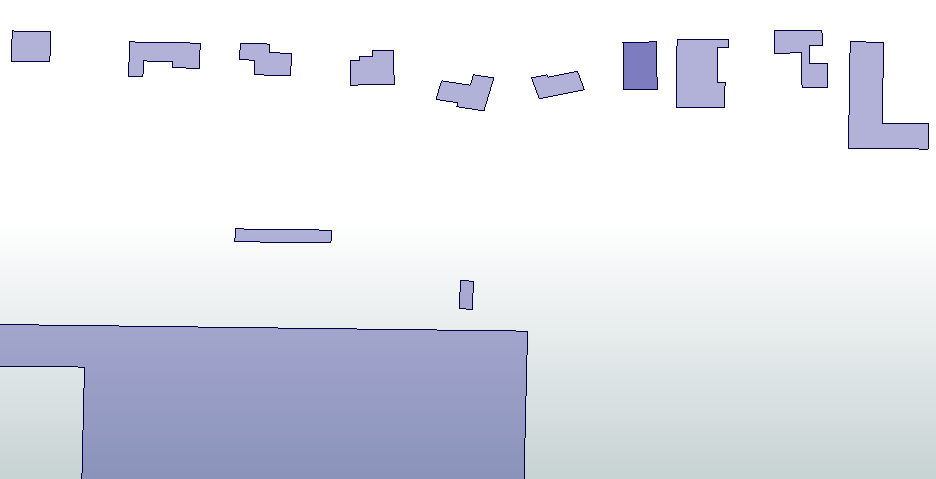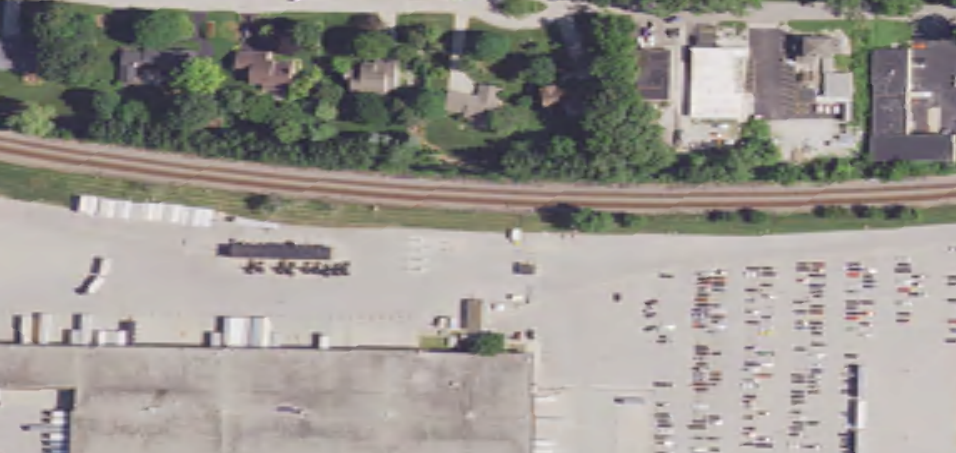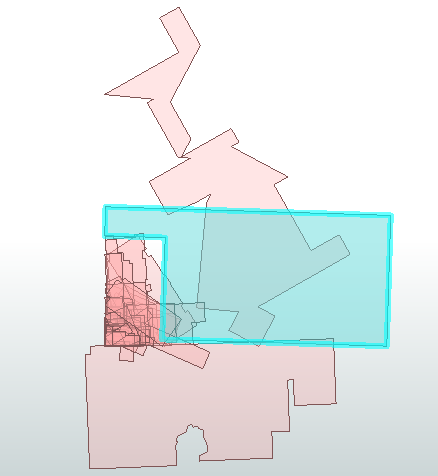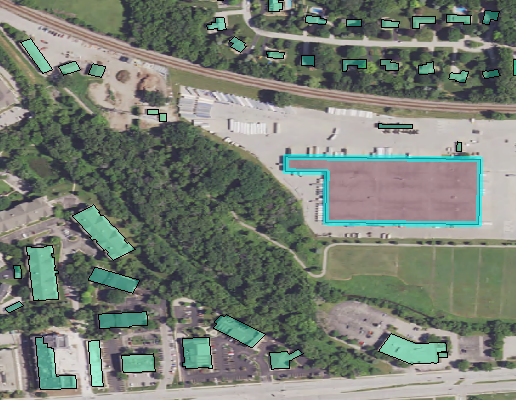Hello FME community,
I am currently working on a deep learning project that involves preparing training samples for building polygons.
I have the building polygons in an OGC GeoPackage file with Coord.System EPSG: 26916, as shown in following screenshot:

Additionally, I have the PNG aerial images for the same area without projection, which means every aerial image X,Y starts from the upper left (0,-0) and ends at the lower right (2000,-2000) as shown in following screenshot:

I need to have the polygons of the training sample in pixel coordinates for each corresponding image. The output should be a CSV file that includes the vertices of every polygon in pixel coordinates as shown in following screenshot:

I have attached the datasets for better understanding.
Does anyone have any ideas or potential solutions?








